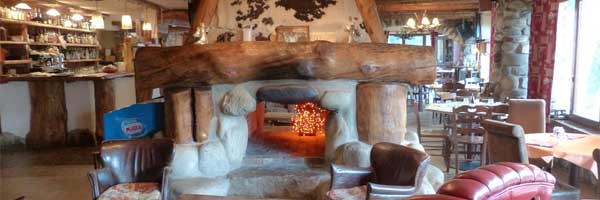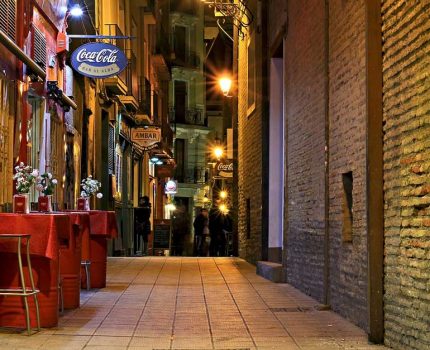In the 18th and early 19th centuries, smuggling was tempting for local fishermen and farm labourers to support their families. Brandy, rum, tobacco, and tea were highly taxed in the UK, so bringing them from Europe by small boats and landing them onto Cornwall’s small coves unseen by Revenue Men (customs officers) was big business. It is estimated that 500,000 gallons of French brandy a year were smuggled through Cornwall! Although the rewards were high, so were the risks. The punishments for anyone caught smuggling included deportation to Australia and even hanging.

Smuggling Inns: Tourist gimmick or genuine history?
The village pub was often the place where smuggling plots were discussed, and deals were made. It’s not unusual to come across a Cornish pub with secret hiding places carved into the rock where goods could be kept unseen by the customs men. Some pubs even had large tunnel systems for bringing goods in and out. The smuggling gangs were sometimes named after the pubs they frequented, such as the Benbow Brandy, who operated from the Admiral Benbow pub in Chapel Street, Penzance.

Cornwall’s most famous, if not most genuine, smugglers pub is Launceston’s ‘Jamaica Inn’. Daphne du Maurier visited the historic Inn on Bodmin Moor in 1936, and her stay there inspired her to write a novel imagining it as the centre of a smuggling tale set in 1820. Today the Jamaica Inn has a restaurant, two bars and 36 guest rooms. It also houses a famous ‘Smuggling Museum’ open daily from 8 am till 9 pm.
If smuggling is a subject that interests you, look out for the comprehensive ‘West Cornwall Smugglers Pubs’ or ‘East Cornwall Smugglers Pubs’ books by Terry Townsend.


